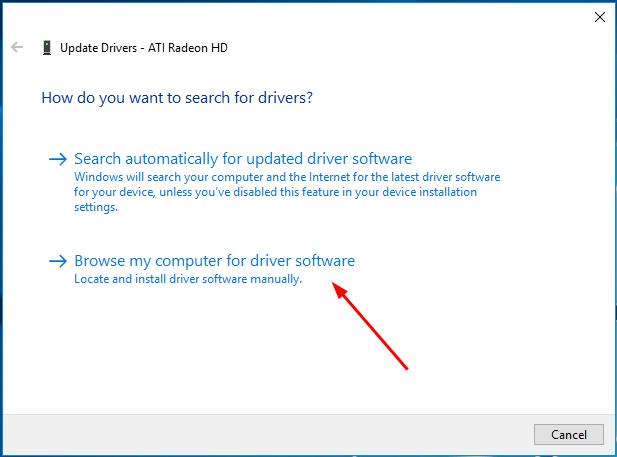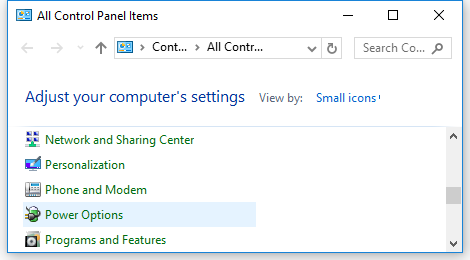
The installation media (ex: ISO or USB) must be the same edition and same or newer build as your currently installed Windows 10. You will need at least around 10 GB + what Windows is currently using of free space available on the Windows drive. You will not be able to do a repair install at boot or in Safe Mode. You will only be able to do a repair install of Windows 10 from within Windows 10. Restoring power plans to default may relate to your sleep issue too. If you see any items named KMD_EnableBrightnessInterface2 or MD_EnableBrightnesslf2, set them to zero and reboot.įor further troubleshooting of Power Plans, use the built-in PowerCFG command line tool. HKEY_LOCAL_MACHINE\SYSTEM\CurrentControlSet\Control\Class\. You may access it via the Windows 10 Troubleshooters Settings Page or run the following command directly to bring up the built-in Power Troubleshooter If you see on the right a scheduled task called BrightnessReset, double-click on it, choose Properties > Triggers tab > Edit, then disable it and see if it works for you. Navigate to Microsoft > Windows > Display > Brightness (if you have it). 
Open Task Scheduler and in the left pane expand Task Scheduler Library. This setting is found in your Dell or Vaio Control Center.
Disable the Intel Power Saving Technology. These setting are worth a look if you have then : Display brightness, Dimmed display brightness and Enable adaptive brightness. In the Power Options dialog, expand Display and then expand Enable Adaptive Brightness. In Control Panel > Power Options, for your active power plan click Change plan settings, then Change advanced power settings. In Control Panel > Power Options, click Change Plan Settings and then on Restore default settings for this plan. 
This is a list of workarounds that worked for some people :








